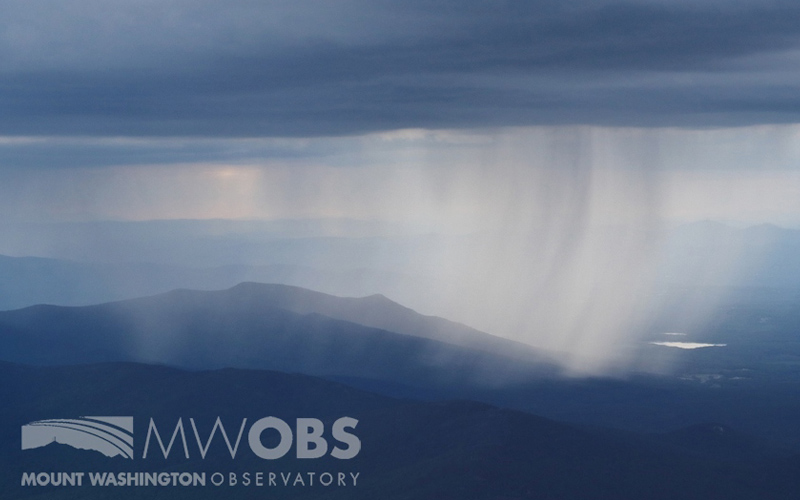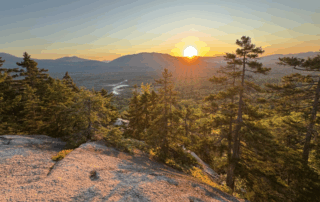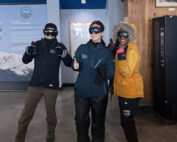Citizen Science Puts Weather Reporting in Your Hands

Ryan Knapp, Weather Observer & Meteorologist
Trail Report: Seek the Peak Hike 6
Trail Report: Seek the Peak Hike 6 By Chris Nichols July 11, 2025 – Summit 6 of 17 On my last climb, I was expecting warm temps and sunshine when I got to the summit. Today, I started in the fog, climbed in the fog, and
Three Steward-Recommended 52 With a Views For Seek the Peak
Three Steward-Recommended 52 With a Views For Seek the Peak By Eric Hansen and Fawn Langerman In the early 1990s, a new hiking list was created by a group called Over the Hill Hikers, based out of Sandwich, New Hampshire. The "52 With a View" (WAV)
A Sneak Peek at #SeekthePeak25’s Après Hike Expo
A Sneak Peek at #SeekthePeak25's Après Hike Expo By MWOBS Staff https://youtu.be/CDyPm5kUgXc?feature=shared Whether you’re hiking with us this summer for our 25th Anniversary Seek the Peak or just want to celebrate with us, we’re less than two weeks away from our largest annual gathering at
Meet Summer Interns Zakiya, Max and Maddie
Meet Summer Interns Zakiya, Max and Maddie By MWOBS Staff We are excited to welcome six teammates to the summit of Mount Washington this summer! During their internship, these students and graduates will play
Trail Report: Seek the Peak Hike 5
Trail Report: Seek the Peak Hike 5 By Chris Nichols June 23, 2025 – Summit 5 of 17 “Mountain weather is subject to rapid changes and extreme conditions…” that’s the lead sentence for the
Saying Goodbye to the Summit
Saying Goodbye to the Summit By Alexis George After an extraordinary last three years working as a Weather Observer and Meteorologist, I am excited to pursue a different career. As sad I as am







